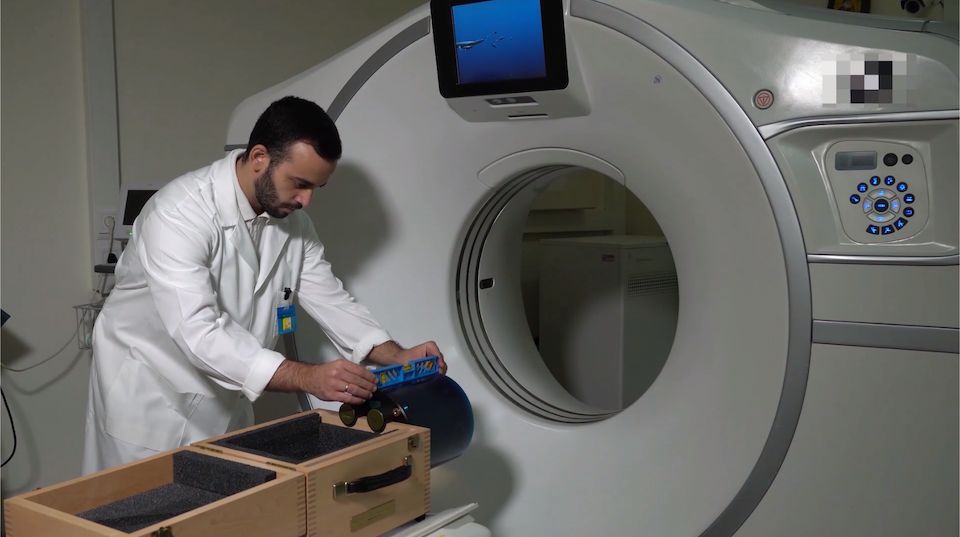In 2012, the IAEA published a technical report for establishment and implementation of quality assurance programmes in CT: IAEA Human Health Series No. 19. The report provides guidance on quality assurance (QA) methods to promote the effective use of radiation for a diagnostic outcome through achieving and maintaining appropriate image quality. Computed Tomography (CT) plays an important role in diagnosis and localization. The increase in access to CT and the need for safe use and high-quality performance requires the establishment and implementation of effective quality control. Poor quality imaging can result in unnecessary radiation exposure.
To complement the publication and facilitate implementation of a CT QA programme, 9 training video-tutorials together with an introductory part have been produced. The tutorials show how various quality control tests are performed in a hospital setting and focus on those performed by clinically qualified medical physicists (CQMPs).
The videos can be watched freely through clicking on the relevant titles below:
- Introduction
- Visual inspection and programme review
- CT alignment lights
- Table travel accuracy
- Radiation dose
- X-ray generator - kV accuracy and HVL
- X-ray beam collimation and imaged slice width
- Image quality - spatial and contrast resolution
- Image quality - CT number and spatial linearity
- Image quality - CT number linearity and spatial linearity
The video-tutorials are intended to be used by clinically qualified medical physicists (CQMPs) and presupposes underlying knowledge in the field of diagnostic radiology medical physics. IAEA publications and content relevant to diagnostic radiology medical physics can be found on a dedicated webpage.

